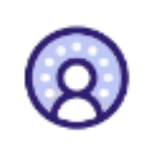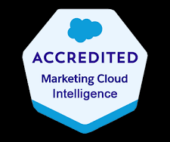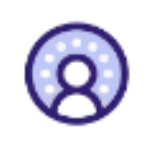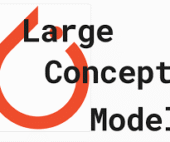Informed Decision-Making Through Data Visualization: Power BI vs. Tableau
Today’s businesses need to make informed decisions by leveraging organized and analyzed data. Data visualization is a key method for extracting insights from this data, and Power BI and Tableau are two leading tools that often spark debate among experts. Both are highly regarded for their ability to visualize data, and CTOs frequently compare Power BI vs. Tableau to determine the best fit for their needs.
Why Power BI and Tableau Stand Out
Both tools excel at data visualization, making them top choices for business intelligence (BI) solutions. They offer seamless integration with various platforms, can handle large volumes of data, and provide predictive analytics capabilities.
To help CTOs and other decision-makers boost efficiency, let’s dive into a comparison of Power BI vs. Tableau and examine how each tool measures up.
Power BI
Microsoft’s Power BI is a leading BI tool designed to transform data from diverse sources into insightful visual reports. It allows users to create, share, and manage analytical reports, ensuring accessibility at all times. As part of the Microsoft ecosystem, Power BI is ideal for large organizations that already use Microsoft products.
Tableau
Tableau delivers powerful data visualization with flexible deployment options, allowing users to seamlessly access insights. With its integration into Salesforce Data Cloud, Tableau offers a fast and scalable way to work with customer data in real time. Its strong data-handling capabilities make it popular among larger organizations and data experts.
Power BI vs. Tableau: Key Differences
Let’s explore the key differences between Power BI and Tableau to guide your informed decision-making.
Data Visualization and User Interface
- Power BI: Known for its user-friendly interface, Power BI is accessible to users with different levels of technical expertise. However, its customization options for geographical data are somewhat limited. Utilizing Power BI consulting services can help address this gap.
- Tableau: Tableau offers a broader range of visualizations and is celebrated for its drag-and-drop functionality. Its precision in handling complex data makes it a strong contender in data visualization comparisons.
Data Integration and Connectivity for Informed Decision-Making
- Power BI: Seamlessly integrates with Azure, Salesforce, Google Analytics, and other Microsoft-based environments. It connects to data sources like Excel and SQL databases, making it a top choice for organizations already utilizing Microsoft tools.
- Tableau: After its acquisition by Salesforce, Tableau now offers easier native integration with Salesforce products. It also supports various data sources, including SQL Server, Oracle, AWS, and GCP.
Data Handling and Performance
- Power BI: Handles limited data volumes unless upgraded to cloud services, making it ideal for smaller datasets and businesses.
- Tableau: Excels at managing large datasets without the need for cloud upgrades, giving it an advantage for organizations dealing with significant data volumes.
Ease of Learning
- Power BI: Easier to learn for both beginners and experts due to its simple interface.
- Tableau: Has a steeper learning curve, making it more suitable for seasoned data analysts.
Programming Tools Support
- Power BI: Requires additional tools for integration with complex programming languages.
- Tableau: Offers seamless support for languages like R and MATLAB, providing greater flexibility for advanced data analysis.
Pricing
- Power BI: Offers a cost-effective solution, with free versions and affordable premium plans, making it ideal for small to medium-sized businesses.
- Tableau: Has a higher pricing structure, which can be a drawback for smaller companies.
Microsoft Power BI vs. Salesforce Tableau: Pros and Cons
Power BI Pros
- User-friendly interface suitable for beginners.
- Affordable, with free and low-cost premium versions.
- Strong integration with Microsoft tools, making it highly efficient for organizations in the Microsoft ecosystem.
Tableau Pros
- Excellent for handling large datasets.
- Advanced visualization features, ideal for complex data analysis.
Which is Better: Power BI or Tableau?
When comparing Microsoft Power BI vs. Tableau, the right choice depends on your organization’s size, technical expertise, and specific needs. For smaller businesses and those already using Microsoft tools, Power BI is often the best fit. On the other hand, larger organizations managing substantial datasets might favor Tableau for its advanced capabilities.
Ultimately, the decision between Power BI vs. Tableau should be based on your unique business requirements and the level of technical expertise available within your team.













